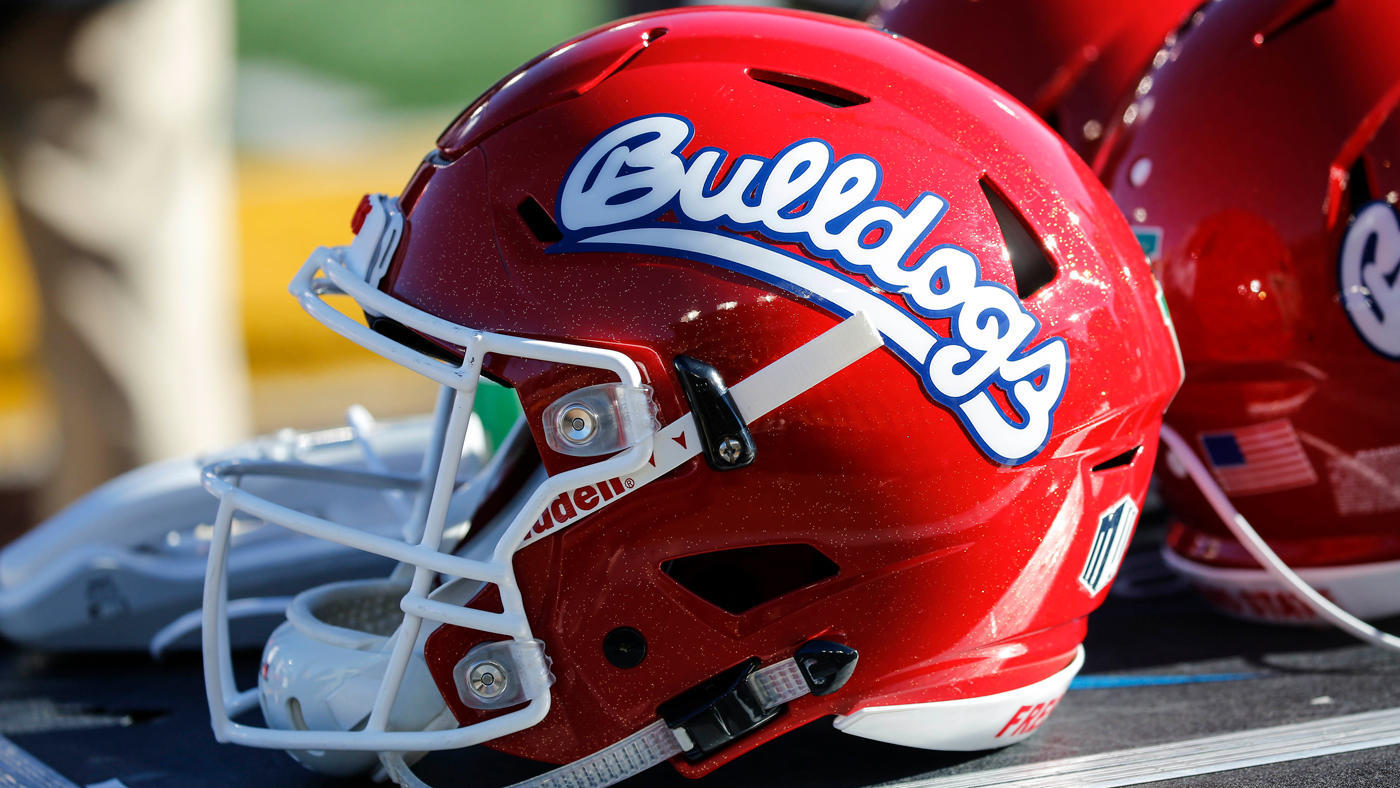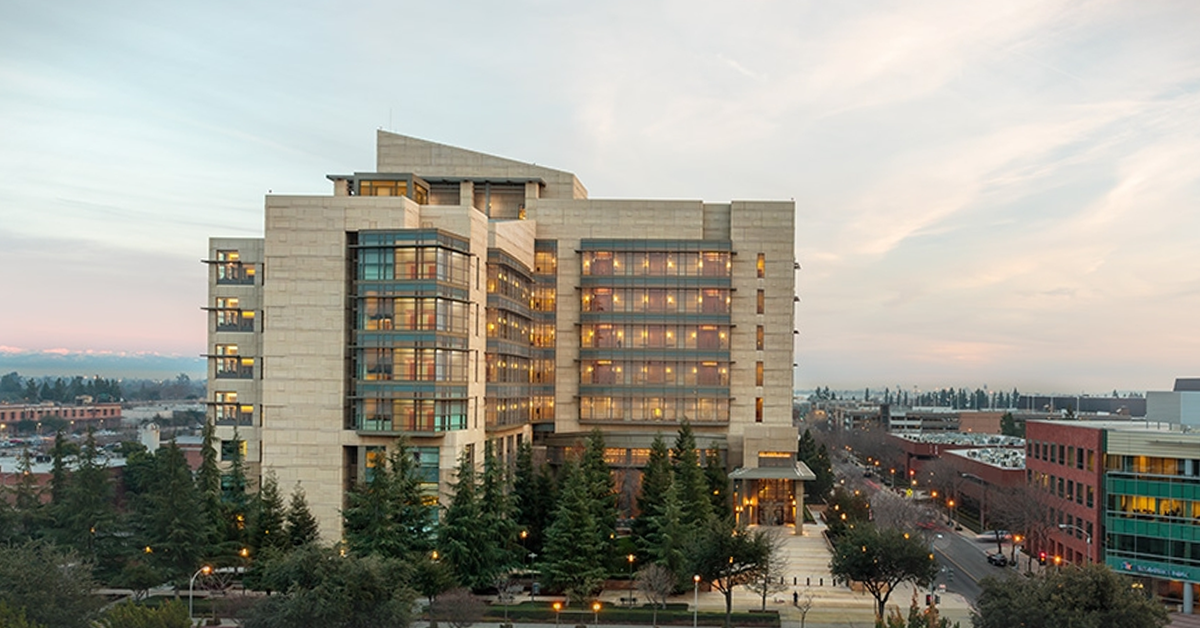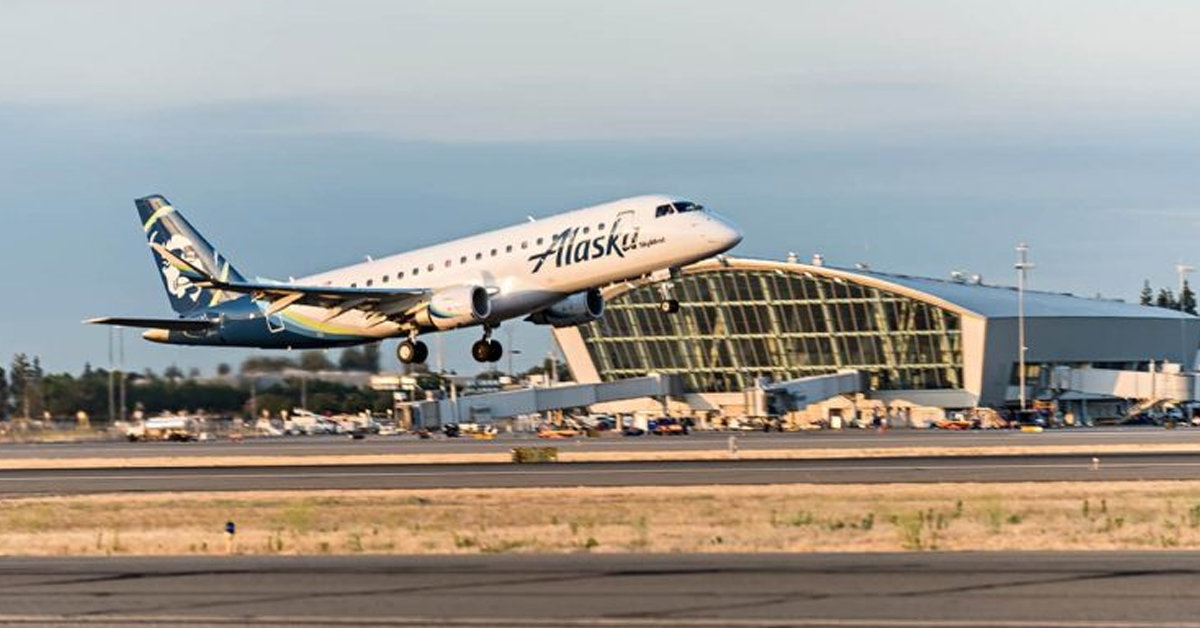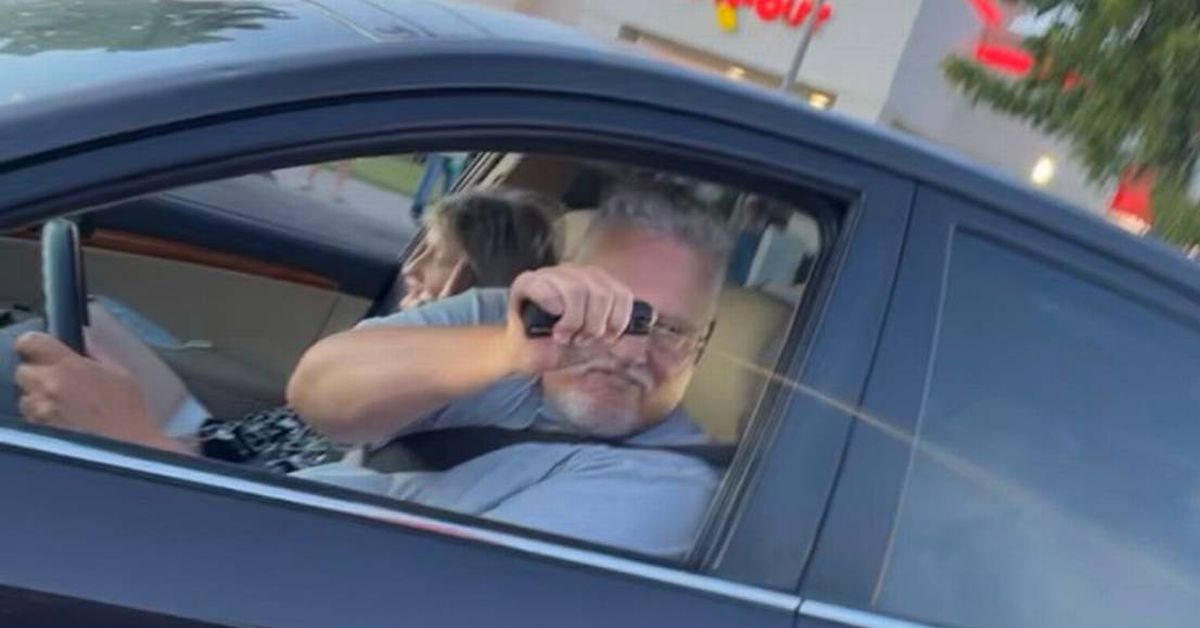AGGRESSION CAN BECOME WEAKNESS
But the Brandau/Donis exchange had established something important. In the Chief’s opinion, a disconnect had been allowed to happen over the years. This break was between the way firefighters fought fires and the way their superiors thought they should fight fires.
What does this have to do with Pete Dern on March 29?
Brand further explored that issue.
“I’m hearing it’s the culture – practices, the training – and I can understand that to a certain extent,” Brand said.
He noted that Fresno firefighters attend the fire academy before going into the field.
“Correct,” Donis said.
“So,” Brand said, “there’s training there ….Ten years ago, how did you get past this problem? How did you train? “
“The issue isn’t from academy training,” Donis said. “The issue is culture.”
“Explain that,” Brand said.
(First, some context. Donis mentioned an analytical concept called “the normalization of deviance.” It is defined as the gradual process through which unacceptable practice or standards become acceptable. As the deviant behavior is repeated without catastrophic results, it becomes the social norm for the organization. In other words, the evolved system ends up failing the theoretical system.)
“Our firefighting culture – it’s interesting,” Donis told Brand. “We brought in all the captains after this (Dern) incident, probably within the last two months. And we talked about the normalization of deviance, why bad things happen to really good teams.
“We polled them – ‘How would you describe our culture in the Fire Department?’ And 11 out of the 12 sessions that we held, the No. 1 word they used to describe their culture is ‘aggressive.’ Which is a great. We are an aggressive firefighting force. But we do that so often, and for so long. We fight a lot of fire in this city, which is abnormal compared to other metro cities. Another eight fires yesterday (Dec. 16); seven out of the eight were working fires. We fight a lot fire. They do it over and over and over again. They do it fast and they do it aggressively. And they have learned to take risks that they probably shouldn’t be taking.”
DON’T OVERLOOK THE BASICS
“They,” of course, are Fresno firefighters.
“I’ll give you an example,” Donis said. “We went through the SART report, and they found some initial findings. They talked to about 50 people – people that were at the incident and people in the department randomly – and they said: ‘Tell us, do you wear your seatbelt?’ ‘No.’ ‘Are you wearing all your safety gear that we issue you?’ ‘No.’ ‘Do you know how to use your radio?’ Half of them did and half of them didn’t.
“And so immediately I pushed out with this finding. I couldn’t wait for the SART report to be done to communicate to them: ‘Your safety is non-negotiable. You have to wear your seat belt when you go Code 3, to an emergency. You have to wear all your personal protective equipment and you have to know how to use your radio.’
“I was shocked when they told me they’re not wearing their seat belts. I said: ‘That’s not us. That’s a volunteer department on the East Coast that gets in a T-bone accident going Code 3.’
“And so, it’s become a practice and a culture. We’ve taught people to go very fast and to go very quickly. An analogy would be, although I believe ‘4 minutes to excellence’ (response time) is a great mantra – and people understood that, how to get out of the door faster and get there quicker – but when you have that mantra and then we’re also telling folks to be safe and slow down, it’s kind of a double-edged sword.
“So, we’re trying to change our culture to say: ‘We want you to be aggressive safely. We want to risk a lot to save a lot. But we want you to risk very little to save little.’ That’s a change for our people, to have to slow down a little bit and try a different practice. Maybe you don’t have to go to the roof every time to ventilate. There are other ways to do that. That’s an example of the culture I’m talking about.”
The Chief was saying to her members: Prudence in the face of some fires is no vice. She left the impression that some or all of the SART report’s 200-plus pages will say the same thing.
Brand sparred a bit more with Donis. He wondered if more training is really the answer to firefighters who won’t do basic things like wear a seat belt or put on all their safety gear.
“There’s a certain amount of personal responsibility,” Brand said.
He wondered if more firefighters, not more training officials, is the best way to improve firefighter safety.
Donis didn’t buy it.
“We need to adjust the training and the oversight of this department if we’re going to make an improvement to the members’ safety and try to change the way we implement firefighting practices,” Donis said. “There’s a lot of work to do. It’s something that’s just not risen to the level of importance in the department. There are so many other competing needs. Do we need more equipment? Of course. The City Manager, the Mayor and I have discussed this. They know that. We need more minimum daily staffing. But these are two separate issues, quite frankly.”
Brand tried one last time to suggest the Chief might be overdoing things with the large (and long-term) safety/training investment.
Donis was ready.
“I don’t know how you turn a blind eye in the face of what happened and that the whole world saw,” Donis said. “If we don’t take this opportunity to make a difference, and try to change this, then we’re not doing our job.”
“I just asking the questions – that’s my job,” Brand said.
But he asked no more.









I’ve followed the Pete Dern event from day one as I’ve a relative who is also a Fresno Fire Fighter and this came close to home, even though I live over 200 miles away. I have to commend Chief Kerri Donis for her willingness to accept criticism and see it as opportunity. As a tax payer and former government employee I can appreciate BOTH sides of the “coin” and also the emotional issues. However, I agree with the Chief’s vision – training is THE KEY in all things. If you tuck your knuckles under while holding the onion and learn to slice it in that manner over and over eventually you will have a sliced onion in seconds and not minutes (I’ve never learned to do so, but then agin I never attended Culinary School nor have I practiced repeatedly – so now when I slice onions I cry) AND here is the “KEY”- application, physically doing the training, is essential, time consuming, and costly. If NOT done properly we all end up crying. I hope ALL Fire Chief’s across our Nation ask for Fresno’s SART Report. I’ll be asking my local Fire Chief’s to request it – I used to believe the Police/Sheriff/Marshal departments kept me safe, however EVERY incident where I’ve needed help immediately, it’s been the Fire Department that arrived FIRST. I want all my fire department personnel’s safety FIRST – Maybe I’m just selfish!